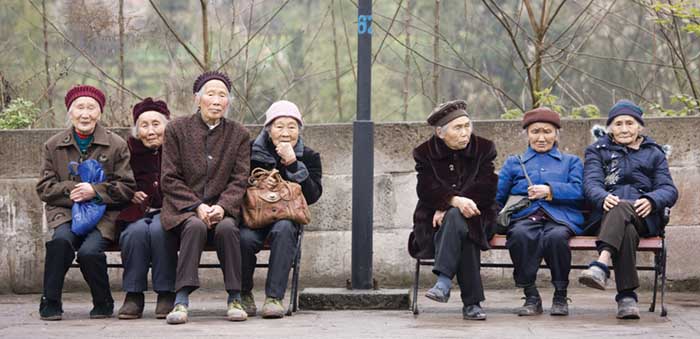Harvard lecturer and Brookings fellow Robert C. Pozen is the author of a recent policy paper analyzing a potential overhaul to China’s pension system in the face of the country’s demographic dilemma. After noting that the country’s possible move to a “two-child policy” would fail in fully addressing its ailing pension fund, Pozen summarizes his ideas on pension reform in an article for the South China Morning Post:
[…K]ey suggestions to put the pension system on a sustainable path include: raising the retirement age, centralising pension administration, more advance funding for pensions, and fewer restrictions on pension investments.
For a start, China could increase its ratio of workers to retirees by raising the normal age of retirement for women to the same as for men. For several decades, the retirement age for women has been 55 for managerial or technical workers and 50 for other female workers, while the retirement age for men has been 60.
After female-male parity is achieved, China should move back its retirement age for all workers to reflect its large gains in life expectancy. The current policies have been in effect since the 1960s, when life expectancy at birth was below 60. Now, life expectancy is almost 74, and rising.
The largest part of the pension system by asset size is the urban enterprise pension. It is managed by each city and province, each with different rules. This presents a significant barrier to workers who want to take jobs elsewhere. By moving without receiving a new hukou (residency permit), workers often lose a share of their accrued pension benefits. [Source]
Click through for more of Pozen’s summary at the SCMP, or see his introduction and full report on the Brookings Institute’s website. Also see prior CDT coverage of China’s pension system, aging population, and demographics.








